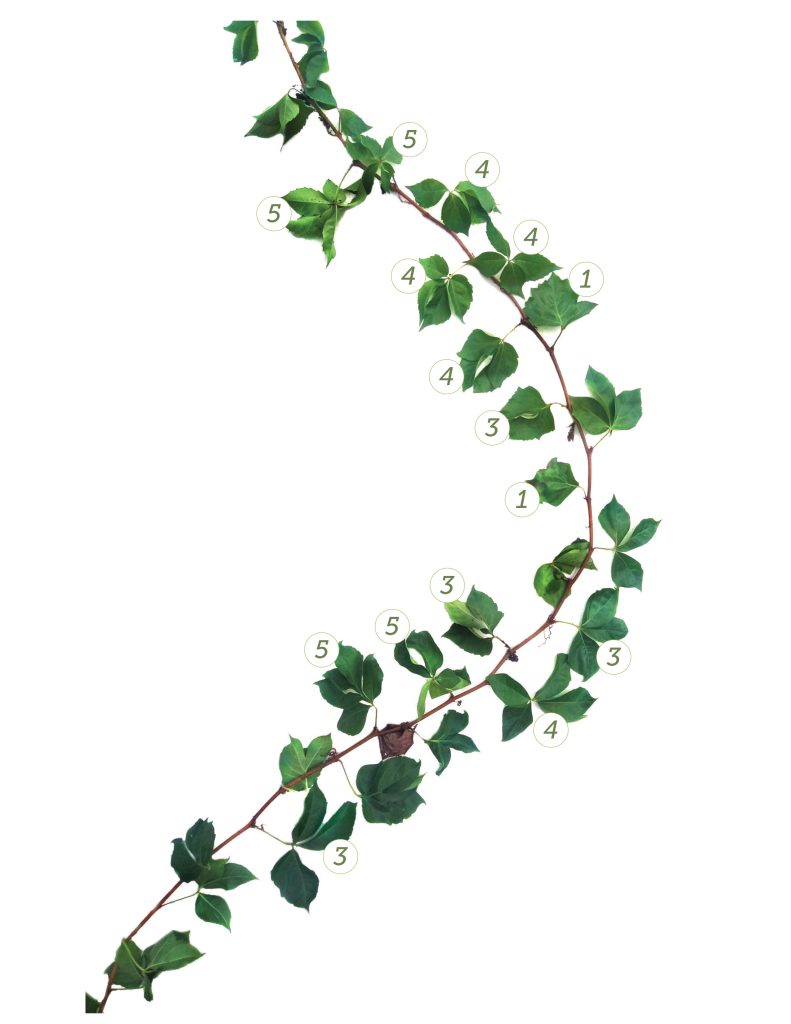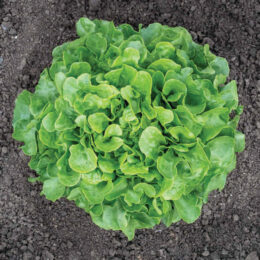
Q: I occasionally come across vines that I try to identify to avoid poison ivy. On a recent encounter in Paoli, Indiana, in early October, I thought I was prepared knowing that poison ivy has three leaves and Virginia creeper has five leaves, according to numerous sources. When I inspected the vine in question, to my dismay, I found the following groupings on the single vine: three leaves, four leaves, five leaves, and two separate single leaves that looked somewhat like a maple leaf. I looked carefully at the three- and four-leaf groupings and found no evidence of broken or missing leaves. How can I know what this is, and how can I be sure? Nothing I found said anything about different groupings on the same vine. Perplexed but willing to learn.
Rondal Thompson, Floyds Knobs, Indiana
A: Plants (and other living creatures) certainly can be perplexing! We humans describe plants and group them by similar characteristics, but sometimes plants show variations that don’t always adhere to our attempts to fit them into these neat little groups. Virginia creeper, also known as woodbine, is known botanically as Parthenocissus quinquefolia; the quinquefolia referring to what is normally a leaf that is subdivided into five leaflets.
But this and other members of the Parthenocissus genus do show variability in the number of leaflets. Virginia creeper can have three or five leaflets, with five being most common.
Boston Ivy, Parthenocissus tricuspidata, has leaves that are three lobes (similar to a maple leaf) and attached singly, or can have leaves divided into three leaflets.
Silvervein Creeper, Parthenosiccus henryana, a less common member of this genus has three-five or even seven leaflets.
Occasionally leaflets will be missing and so it is important to do what you did — look at a stem with multiple leaves attached to see the expected pattern. For your specimen, I’d say Virginia creeper is the likely candidate.
Longtime Indiana Connection contributer B. ROSIER LERNER, a Tipmont REMC consumer, is a retired Purdue Extension consumer horticulturist. Questions about gardening issues may be sent to “Ask Rosie,” Indiana Connection, 8888 Keystone Crossing, Suite 1600, Indianapolis, IN 46240-4606, or use the form at IndianaConnection.org.



